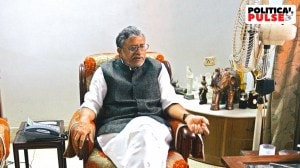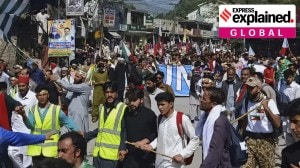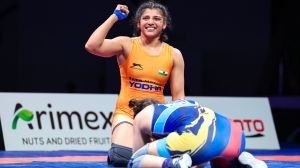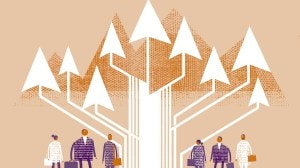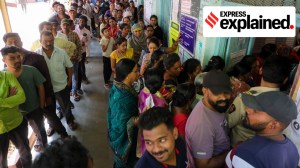- India
- International
Historically oppressed groups continue to be excluded: Report
The report notes that despite PM Modi’s election promise to create 10 million jobs, job creation has fallen to levels even below those under the preceding governments half-way through his tenure.
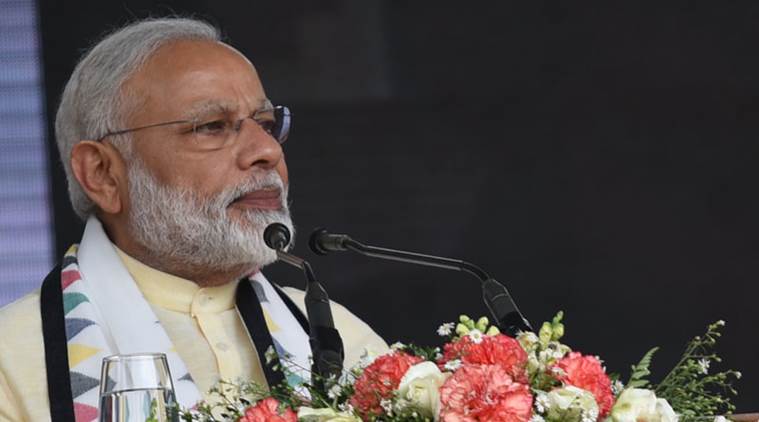 Prime Minister Narendra Modi
Prime Minister Narendra Modi
Historically oppressed groups like Dalits, Adivasis, Muslims, women and casual informal workers continue to be the most excluded when it comes to access to public goods essential for a person to live with dignity, according to the India Exclusion Report 2016 released on Friday. The Centre for Equity Studies (CES) has prepared the report that looks at the exclusion especially of these vulnerable groups in pensions for senior citizens, digital access, agricultural land and justice for under-trials.
The report notes that despite Prime Minister Narendra Modi’s election promise to create 10 million jobs, job creation has fallen to levels even below those under the preceding governments half-way through his tenure. It cites labour ministry data to show that employment creation in 2015 plummeted to 135,000 jobs compared to 930,000 in 2011. Former University Grants Commission chairman Sukhadeo Thorat, who launched the report, pointed out that a distinction has to be made between social and economic exclusion. “Economic exclusion is about individual capacities being unrealised due of a lack of means while social exclusion is an identity-based group exclusion faced by say Dalits or Muslims.’’
The report estimates that a little over one-third of elderly over 60 receive some form of pension. It notes that the national old age pension is restricted to people officially classified as being below poverty line, a list that often excludes Dalits, Adivasis, women, migrant and casual workers. “The exclusions are even more profound for the Atal Pension Yojna which is a contributory scheme requiring regular payments for a minimum of 20 years to a maximum of 40 years,” notes CES director Harsh Mander in his foreword to the report. The report quotes an Ericsson Consumer Lab, 2015, study on the issue of digital exclusion. It estimates that even with the low and competitive prices of devices and data plans compared with the rest of the world, internet access in India remains beyond the reach of close to 1.063 billion people mainly belonging to lower income groups.
The report states that the pattern of land distribution closely reflects the existing socio-economic hierarchy with large landowners being from upper castes, cultivators from middle castes, and agricultural workers largely Dalits and tribals. It observes that women and Muslims face similar exclusions in land holdings.
The study notes that there is systematic bias of the criminal justice system against SCs, STs, Muslims, the poor citing National Crime Records Bureau, 2015, figures. The data shows that 65.56 per cent of all under-trials are from SC, ST, OBC communities while 30.24 per cent are from minority communities of which Muslims constitute a sizeable portion.
May 14: Latest News
- 01
- 02
- 03
- 04
- 05






